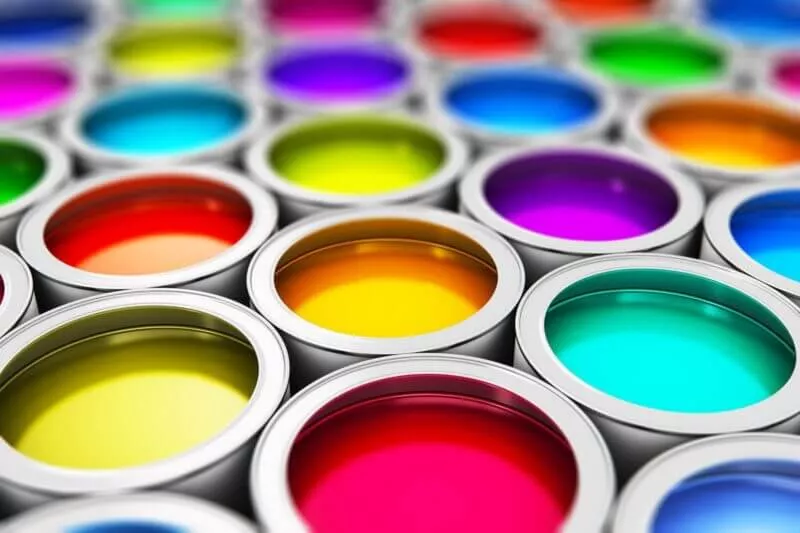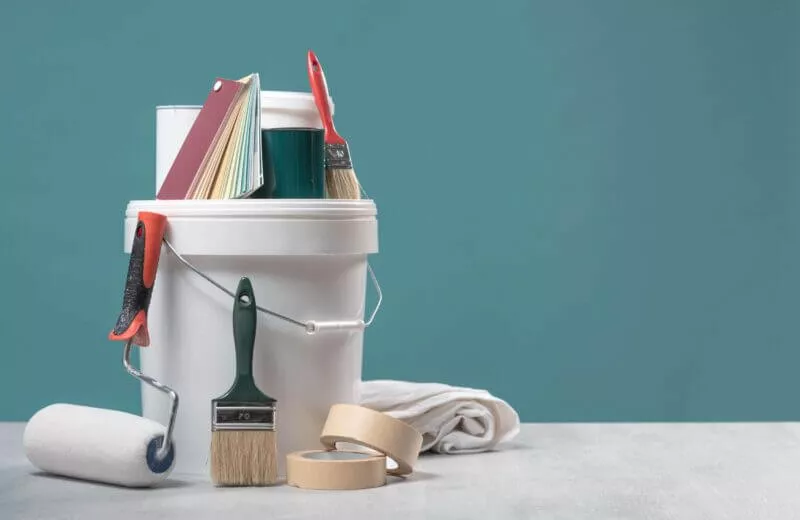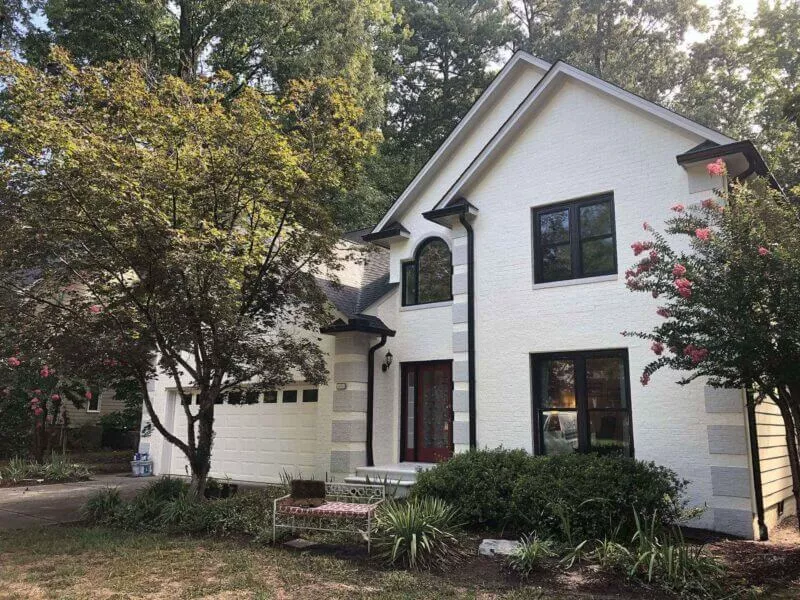Painting exterior brick is one of the best ways to update the look and aesthetics of your home’s façade. This can give your rustic outdoors a modern yet cozy vibe. However, painting exterior brick isn’t as easy as it seems.
It’s not as simple as throwing a colored viscous liquid on drywall. If not done properly, you might end up causing more harm than good such as flaking paint or burned topcoat.
That’s why it’s important to learn everything before you start painting exterior bricks.
If you don’t have any idea how to paint exterior brick, look no further. This guide will teach you everything you need to know, from choosing to applying the right exterior brick paint. So, read on to learn more.
What Is The Best Type Of Paint To Use On Exterior Brick?

If you want your brick house to look fresh and good, you need to be careful when choosing the right brick paint. Using the wrong brick paint can affect the overall appearance of your brick wall.
Below are the different types of paint you can use on your exterior brick:
Masonry Paint
Masonry paint is a type of paint specifically developed for exterior painting, including stucco, concrete, stone, and brick surfaces.
It’s non-absorbent, breathable, and creates a permeable coating, preventing trapping moisture inside your home. Also, it offers protection against weather conditions and ultraviolet damage.
Elastomeric Exterior Paint
When painting exterior brick, many homeowners prefer using elastomeric paint.
This paint is ideal for exterior brick painting because of its high elasticity property, meaning it can fill all the cracks and gaps in a brick wall.
Also, it can perform well even in extreme weather conditions, including summer and stormy seasons.
Acrylic Latex Paint
Acrylic latex paint is another type of paint you can use when painting exterior brick house.
It can be a better option than masonry and elastomeric paint because of its high protection against grease and mildew.
Also, it helps moisture evaporate quickly on its surface before the brick gets the chance to absorb it.
These are the types of paint you can use on your exterior brick—masonry paint for moisture protection properties, elastomeric paint for filling cracks and gaps, and acrylic latex paint for preventing grease and mildew.
What Are The Materials You Need When Painting Exterior Brick?

Here’s the list of all the tools and materials you need to prepare before painting your brick wall:
- Ladder
- Pressure washer
- Painter’s tape
- Drop cloths and sheeting
- Paint rollers, brushes, and sprayers (optional)
- Caulk
- Paint
- Primer
Once you have everything prepared, you can start the painting process.
What Are The Steps To Painting Exterior Brick?

Here’s a step-by-step guide you can follow to paint your exterior brick correctly:
Do The Prep Work
Before applying a fresh coat of paint to your exterior brick, it’s important to prepare your wall first.
You must ensure that the surface is free from dust, mildew, cobwebs, and efflorescence. This can be done using a pressure washer.
After washing, wait at least 24 hours to allow the entire surface to dry completely.
Applying paint to a damp surface may cause the moisture to get trapped inside, leading to serious problems such as mold growth.
Repair Damaged Areas
Once everything is dry, take a closer look and see if there’s any damage you should be worried about.
Inspect the mortar for possible holes, crumbling, and gaps. If there are issues discovered, you may use acrylic caulk to fill any gaps and blemishes.
For major gaps and damage, you may use mortar to repair the issues.
Simply mix dry mortar with water (measurements can be found on the product label) and fill the gaps and joints.
Don’t forget to wipe the excess using a damp sponge before it hardens.
Protect The Surfaces
Once you’ve prepped the surface, it’s time to protect nearby objects from the paint. First, remove everything you don’t want to be painted on such as lighting fixtures and the mailbox.
Then, protect your landscape, including plants and bushes, using plastic sheeting or drop cloths. Make sure to sprinkle some water to keep them healthy and alive.
Apply The Primer
When painting bare surfaces such as stuccos and brick walls, applying primer is important. This helps the paint adhere to the surface as much as possible. So, what is a primer, anyway?
The primer is a thin liquid applied to bare surfaces before the paint using a paint roller or a brush. Since you’re painting an exterior brick wall, it’s better to use paint rollers, particularly long-pile ones, instead of paint brushes.
Paint rollers have long fibers that can pick up and apply more primer at the same time.
Additionally, it helps reach every nook and cranny to ensure that no single spot is left without primer. You can also use a masonry brush if you’re more comfortable with it.
When applying primer, make sure it’s thin and evenly applied. Then, leave it dry based on the instructions on the label. It may take around three to five hours but may vary in hot and frigid seasons.
Apply The Paint
Once the primer is dry, it’s time to apply the paint to the brick. Before doing so, ensure the temperature isn’t 5 °C or lower because it can affect the ability of the paint to dry, especially when it comes to masonry paint.
Masonry paint is often water-based. Therefore, if the temperature is too cold, it’ll be difficult for the water to escape through evaporation.
This will take too much time for the paint to dry. But if you’re planning to paint during colder seasons, use oil-based paint instead.
When applying the paint, start at the top surfaces and polish the edges using a brush. Then, finish the rest using a roller.
This is the first coating, and it’s better to keep it thin for the second coating to achieve better opacity.
Once the first coating is completely dry, it’s time to apply the second one. This should be thicker than the first coating, and make sure it’s evenly applied to achieve the finish you want.
Final Words

Painting exterior brick is a great way to improve the overall appearance of your home decor.
The process may not be as easy as it seems, so you might want to follow the step-by-step guide above to paint your brick wall correctly.
If this is too much for you, consider asking professional painters instead to prevent further damage and expenses.